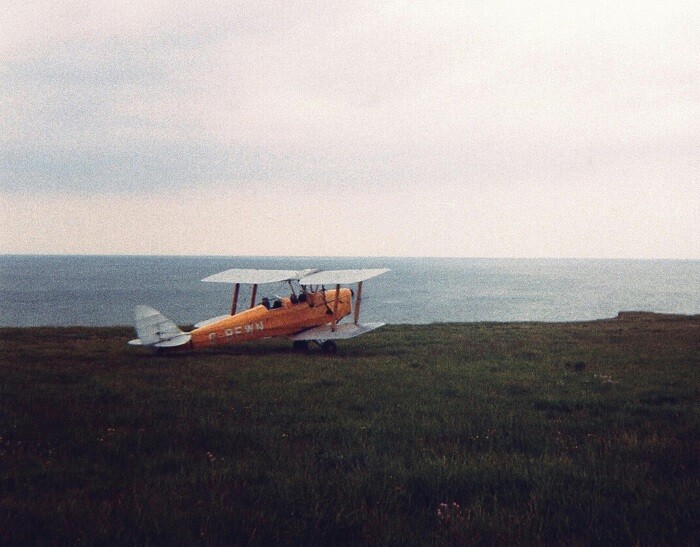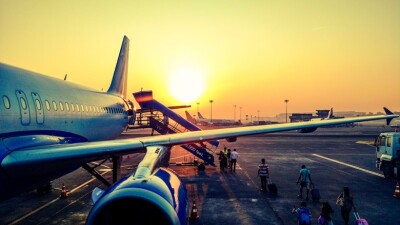When was the last time you boarded an elevator with a human operator? Probably decades, if ever. The same question can be asked of all inter-terminal trains at airports in the United States. They are completely automated and guided by computers and fixed itineraries. Are you comfortable boarding a train without a conductor? Apparently yes, because these railcars that expedite transfers between terminals in large airports are being used by thousands of people every day.
Today, there are more and more attempts and tests to add driverless cars to our roads, and every car manufacturer in the world is investing in safety features that remove the driver from the equation in order to improve efficiency and decrease the chances of a collision because of exhaustion, distraction, or carelessness.
When horseless carriages (a.k.a., motorcars) appeared for the first time in appreciable quantities in cities around the country in the early 20th century, several city and state legislatures imposed strict road rules that forced these noisy and smelly menaces to be preceded by a person holding a red flag when operating within certain city limits.
All these efforts to add safety and remove people from conducting transportation methods are aimed at increasing efficiencies but also to eliminate the ubiquitous human error, which, according to some estimations, is about 80% of all accidents involving vehicles at high speed. I guess legislators in the 1910’s knew what was coming.
Aerial transportation is no exception, and at the beginning of the industry some restrictions were placed on certain aircraft that dared fly too low over private property, including incidents in which farm owners shot at rudimentary flying machines that flew over their land. Until the Air Mail Act of 1925, when the aircraft was seen as a vehicle for good to society, aviators were considered daredevils and barn stormers. Even though we believe aviation will be the last mode of transportation to be completely human less, it is inevitable that one day aircraft will fly without pilots on board.
So, the question is, are we faced with an issue that is unacceptable to today’s generations but in a few years will be perfectly normal? Only time will tell, but in the meantime, we can use examples of our daily life that might offer a glimpse of things to come.
Today almost every urban house or apartment in the US, Europe, and most countries is located within a few miles of an airport. As a consequence, seeing arriving and departing aircraft various times a day is not new, and we have all grown accustomed to them.
In my specific case, I live within 30 miles of several airports, including Ft. Lauderdale International (KFLL), Palm Beach International (KPBI), Ft. Lauderdale Executive (KFXE), Pompano Beach Airpark (KPMP), and Boca Raton (KBCT). The smaller airports all have flight training schools operating from them and that means hundreds of small, single-engine aircraft flying low over my house daily. On top of that we have medical, police, and coast guard helicopters that frequently cross the skies coming or going to the coast.
In today’s world, that is normal, and I have not heard anyone complain, unless you are right beside the airport and the noise is driving you crazy and lowering the value of your property. In general, we have grown accustomed to it.
Would a person in 1905 agree to such “invasion of privacy”? Having aircraft flying over their property without permission? Probably not, but decades of exposure to increasing volumes of traffic and noise have made society as a whole accept these minor inconveniences in favor of the amazing feat of crossing the Atlantic in eight hours and receiving packages overnight.
In my opinion, it will take two generations, or approximately 50 years, for humanity to fully accept pilotless commercial aircraft, but in the meantime, we will gradually grow accustomed to small drones delivering packages, air taxis using piloted eVTOLs (electric vertical takeoff and landing) and short, regional flights using automated traditional airplanes.
The transition from piloted to 100% non-piloted will not happen overnight and instead will be gradual as more and more people use the services that will surely be cheaper and more reliable and trust in the technology grows.
We are at the doorway of the next transportation revolution, and similar to all others, including the invention of the wheel, the first cars and airplanes, and now even commercial space travel, adoption will be gradual and generational as technology improves and costs lower and become affordable. What was unthinkable for a person born in 1900 will be perfectly normal for people born in 2030.
Think about this the next time you board the elevator at the Empire State Building to visit the observation terrace on the 102nd floor, one of the few remaining elevator services that still use a human operator.















Comments